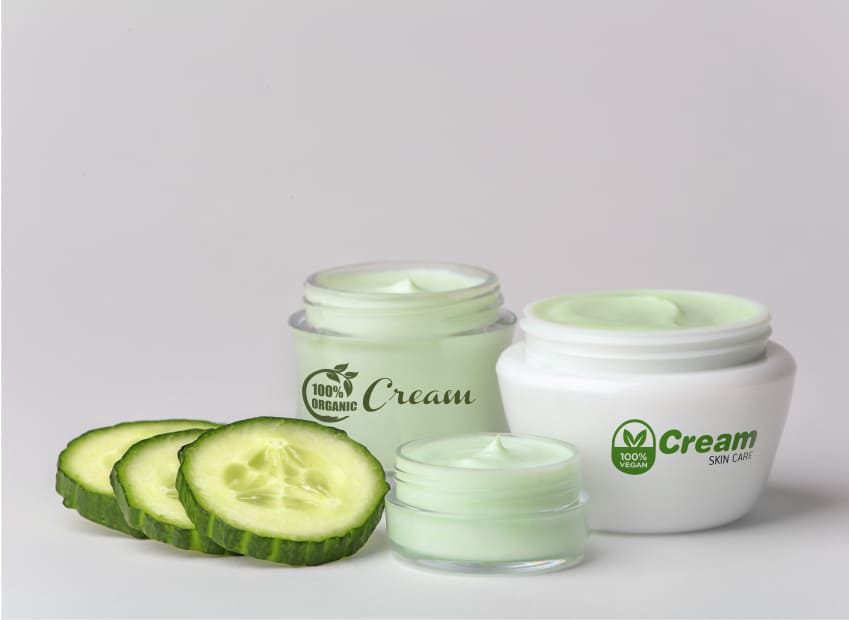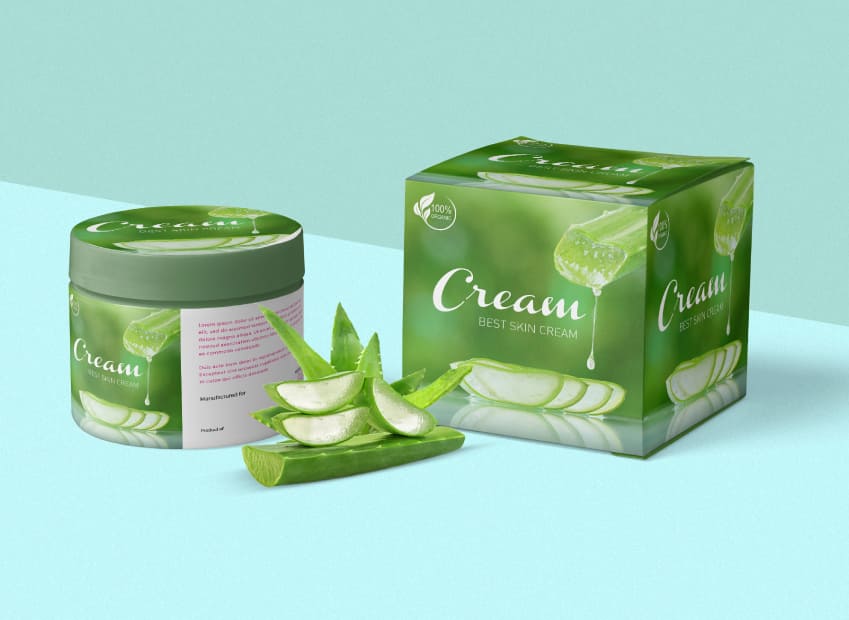What really moves you while choosing ‘a cosmetic product’? Is that the fancy packaging? Or the clever wordings on the cosmetic pack? A lot of cosmetic products appear interesting and appealing, but that doesn’t mean all of them are as efficient and safe as you might think. Many products contain ingredients you may prefer to avoid, ingredients that can be sensitizing and irritating, or ingredients that can even be harmful to your health.
Label data
Normally a product’s label contains data like product name, claims about the product capabilities, instructions for use, manufacturer’s details, graphics, logos and storage conditions. A label can be a consumer’s very first interaction with a new brand, so it sets the tone of the entire experience.
A cosmetic label will also include ingredients in the product – it will be in either of these formats – INCI name, English name, Botanical name or Sanskrit names in the case of Ayurvedic products. Whatever the format is, you need to be able to distinguish the desirable and the undesirable. Read on to learn how to do it….

Marketing tricks on a label to dupe you
If a shampoo is labelled ‘With Organic Argan Oil’, it is clear that it contains organic argan oil. While this is true, notice the emphasis on the word “organic”. The product is far from organic or natural, only the argan oil is organic, but a statement like that on a label might make people believe the shampoo itself is organic.
To many, the term “vegan” means herbal. 100% vegan is a badge many products carry. It is often used to simply note that a product does not contain any animal origin ingredients. It may or definitely contain synthesized chemicals. ‘100% vegan’ claim doesn’t assure you that the product contains any kind of true herbs! Items that are tested on animals may also claim to be “vegan”. This is a very important distinction because a vegan product is not necessarily cruelty-free.
We’ve also seen the rise of ‘no parabens’ and ‘no sulphates’ plastered everywhere – but this doesn’t mean that the product is free of all the other common toxic ingredients so often found in our personal care products. ‘Paraben-free’ is the slogan these days to project the natural image.
Deceptive Symbols and certifications
Some symbols can be very useful, helping you see key information about a product at a glance. Others can be more misleading or harder to understand. Terms like ‘organic’ leads us on nicely to consider the symbols present on a label. If the above mentioned shampoo was organic and had been certified as such, then it would be correct to assume the authenticity.

Why the label clarity is inevitable?
Every product should have all its ingredients listed on the label and there should not be anything hidden or missing from the label. This will help the customer decide if any undesirable ingredients are included or not. For example, a brand mentions five herbs in their baby oil, but fails to mention the paraffin oil and chemical preservative in the label which is specifically intended to project the product as a safe herbal product, but in reality it is not. Clear labelling would allow the customer to choose cosmetics that would not provoke health issues or to find specific allergic ingredients for individuals.
Identify clear brand labels
Every product ingredient list needs to adhere to the international guidelines like Ethical Working Group (ewg.org) or Cosmetic Ingredient Review (www.cir-safety.org) etc.. Every product, if asked for details, should present the complete list of ingredients along with origin and safety ranking. Maybe there might not be enough space in packages, but they should display it in website or produce it on demand. Farmherbs is one such brand with clear label features which adheres to the norms of credible certifications and you can’t see any false claims there. What is inside the product is detailed on the label. All herbs, nothing else and nothing less!
Are you sure you want to logout?